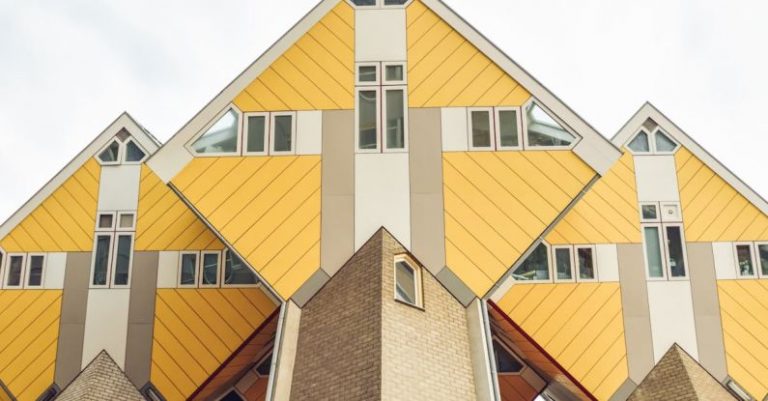
In recent years, there has been a noticeable shift in urban design trends towards smaller living spaces. This change is not only driven by the necessity to accommodate growing urban populations but also by a shift in lifestyle preferences and environmental concerns. The question arises, are smaller living spaces becoming more popular in urban design? Let’s delve into this evolving trend and explore the reasons behind the rising popularity of compact living in urban areas.
The Rise of Smaller Living Spaces in Urban Areas
Urbanization has been a prevailing global trend for decades, with more people moving to cities in search of better opportunities and a higher quality of life. As cities become more densely populated, the demand for housing continues to rise, leading to a scarcity of space. In response to this challenge, architects and urban planners are increasingly turning to smaller living spaces as a solution to accommodate more residents within limited urban areas.
The Appeal of Compact Living
One of the primary reasons behind the growing popularity of smaller living spaces in urban design is the appeal of a more minimalist and sustainable lifestyle. With the rise of minimalism as a lifestyle choice, many people are opting for smaller homes that prioritize functionality and efficiency over excess space. Compact living spaces encourage residents to declutter and live more intentionally, fostering a sense of simplicity and mindfulness in their daily lives.
Furthermore, smaller living spaces are often more affordable than larger homes, making them an attractive option for young professionals, students, and individuals looking to live in prime urban locations without breaking the bank. The affordability of compact living spaces allows residents to allocate their resources towards other priorities, such as travel, experiences, and investments, rather than high housing costs.
Design Innovation in Small Spaces
Despite their limited square footage, smaller living spaces are not synonymous with sacrifice or compromise. Architects and interior designers have risen to the challenge of maximizing the functionality and aesthetics of compact homes through innovative design solutions. Clever space-saving techniques, multifunctional furniture, and creative storage solutions are just a few examples of how designers are reimagining small spaces to meet the diverse needs of urban dwellers.
Additionally, advancements in technology have further enhanced the livability of smaller homes, with smart home devices and automation systems enabling residents to control their living environment with ease. From energy-efficient appliances to remote-controlled lighting, technology plays a crucial role in optimizing the functionality and comfort of compact living spaces.
The Environmental Impact of Smaller Living Spaces
In addition to their practical and aesthetic appeal, smaller living spaces also offer significant environmental benefits. By occupying less physical space, compact homes contribute to a reduction in urban sprawl and the preservation of green spaces. Furthermore, smaller living spaces typically require fewer resources to build and maintain, leading to lower energy consumption and carbon emissions compared to larger homes.
The sustainability of compact living extends beyond the individual residence to the community level, promoting a more eco-friendly and resource-efficient urban environment. As cities grapple with the challenges of climate change and overdevelopment, the adoption of smaller living spaces represents a step towards creating more sustainable and resilient urban landscapes for future generations.
Embracing a New Paradigm in Urban Design
In conclusion, the rising popularity of smaller living spaces in urban design reflects a broader cultural shift towards sustainability, affordability, and mindfulness in city living. As urban populations continue to grow and space becomes increasingly limited, the need for innovative and efficient housing solutions has never been more pressing. Compact living spaces offer a compelling alternative to traditional housing models, providing residents with a more intentional and sustainable way of life in the heart of the city. By embracing this new paradigm in urban design, we can create more inclusive, livable, and environmentally conscious cities that cater to the needs and aspirations of diverse urban dwellers.





